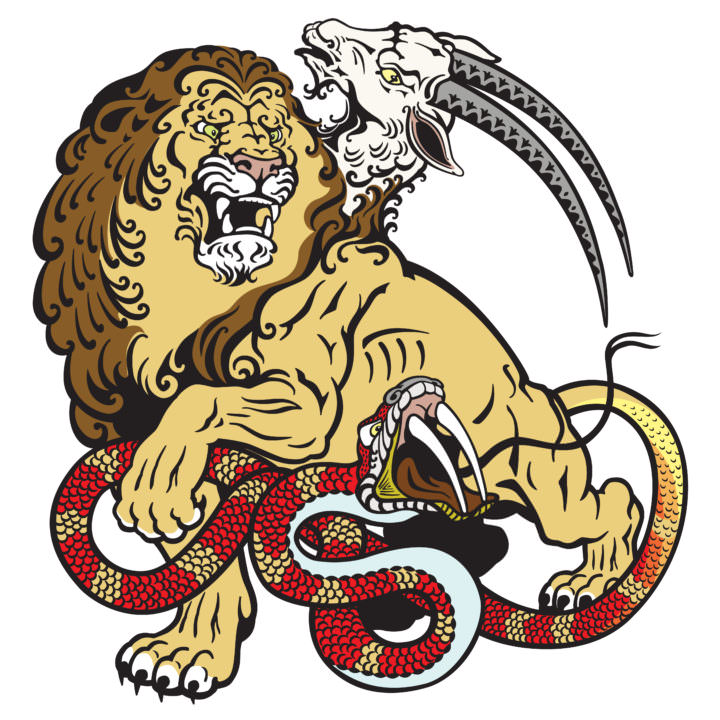
In Indus civilization are pictures of the chimera in many seals. The Chimera appears in Etruscan wall-paintings of the fourth century BC. In Etruscan civilization, the Chimera appears in the Orientalizing period that precedes Etruscan Archaic art that is to say, very early indeed. As divine mother, and more especially as protector, for Lower Egypt, Bast became strongly associated with Wadjet, the patron goddess of Lower Egypt.

Sekhmet was one of the dominant deities in upper Egypt and Bast in lower Egypt. The lioness represented the war goddess and protector of both cultures that would unite as Ancient Egypt. Gold reel, possibly an ear-stud, with a winged Pegasus (outer band) and the Chimera (inner band), Magna Graecia or Etruria, fourth century BC ( Louvre)Ī fire-breathing lioness was one of the earliest of solar and war deities in Ancient Egypt (representations from 3000 years prior to the Greek) and influences are feasible. Two vase-painters employed the motif so consistently they are given the pseudonyms the Bellerophon Painter and the Chimaera Painter. A separate Attic tradition, where the goats breathe fire and the animal's rear is serpentine, begins with such confidence that Marilyn Low Schmitt is convinced there must be unrecognized or undiscovered local precursors. The fascination with the monstrous devolved by the end of the seventh century into a decorative Chimera-motif in Corinth, while the motif of Bellerophon on Pegasus took on a separate existence alone. The Corinthian type is fixed, after some early hesitation, in the 670s BC the variations in the pictorial representations suggest multiple origins to Marilyn Low Schmitt. The Chimera first appears at an early stage in the repertory of the proto-Corinthian pottery-painters, providing some of the earliest identifiable mythological scenes that may be recognized in Greek art. An autonomous tradition, one that did not rely on the written word, was represented in the visual repertory of the Greek vase-painters.

But the hero mounted his winged horse Pegasus, "and soaring on high shot down the Chimera from the height." Iconography Īlthough the Chimera was, according to Homer, situated in foreign Lycia, her representation in the arts was wholly Greek. Iobates, the king of Lycia, had ordered Bellerophon to kill the Chimera (who had been killing cattle and had "devastated the country"), since he thought that the Chimera would instead kill Bellerophon, "for it was more than a match for many, let alone one". Ī more complete account of the story is given by Apollodorus. Hesiod adds that Bellerophon had help in killing the Chimera, saying "her did Pegasus and noble Bellerophon slay". As told in the Iliad, the hero Bellerophon was ordered by the king of Lycia to slay the Chimera (hoping that the monster would instead kill Bellerophon), but the hero "trusting in the signs of the gods", succeeded in killing the Chimera. Bellerophon riding Pegasus and slaying the Chimera, central medallion of a Roman mosaic from Autun, Musée Rolin, 2nd to 3rd century ADĪccording to Homer, the Chimera, who was reared by Araisodarus (the father of Atymnius and Maris, Trojan warriors killed by Nestor's sons Antilochus and Trasymedes), was "a bane to many men".


 0 kommentar(er)
0 kommentar(er)
